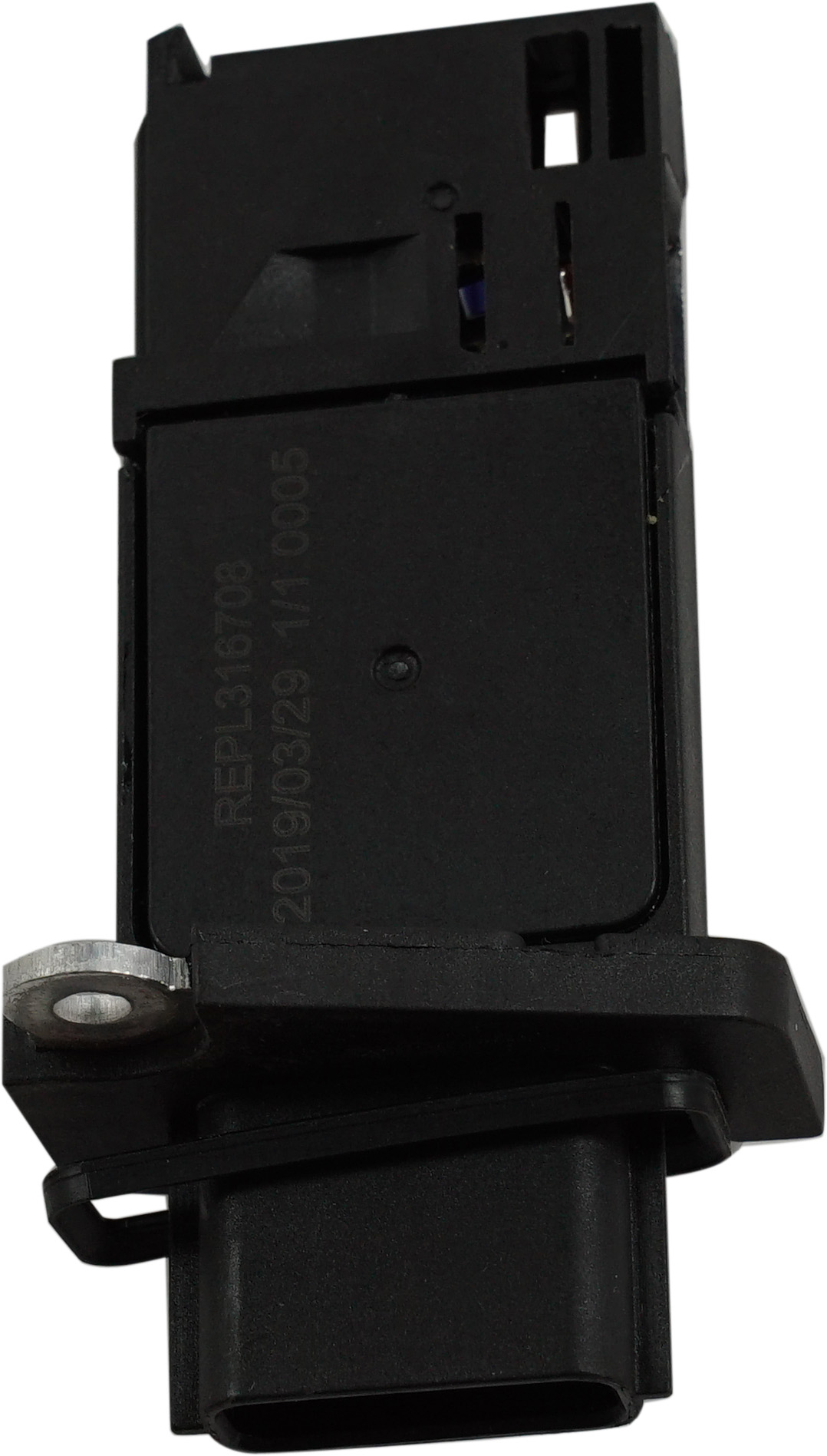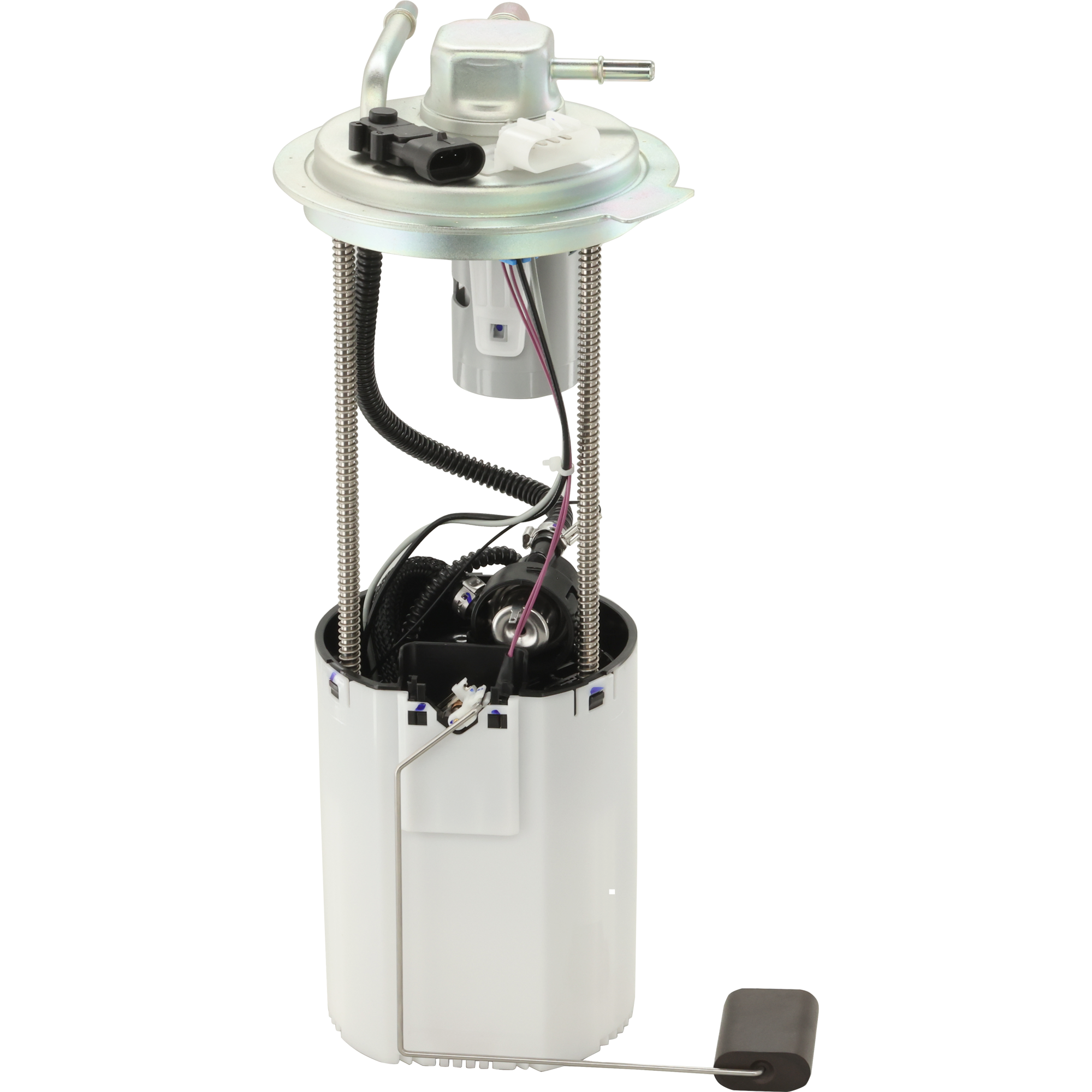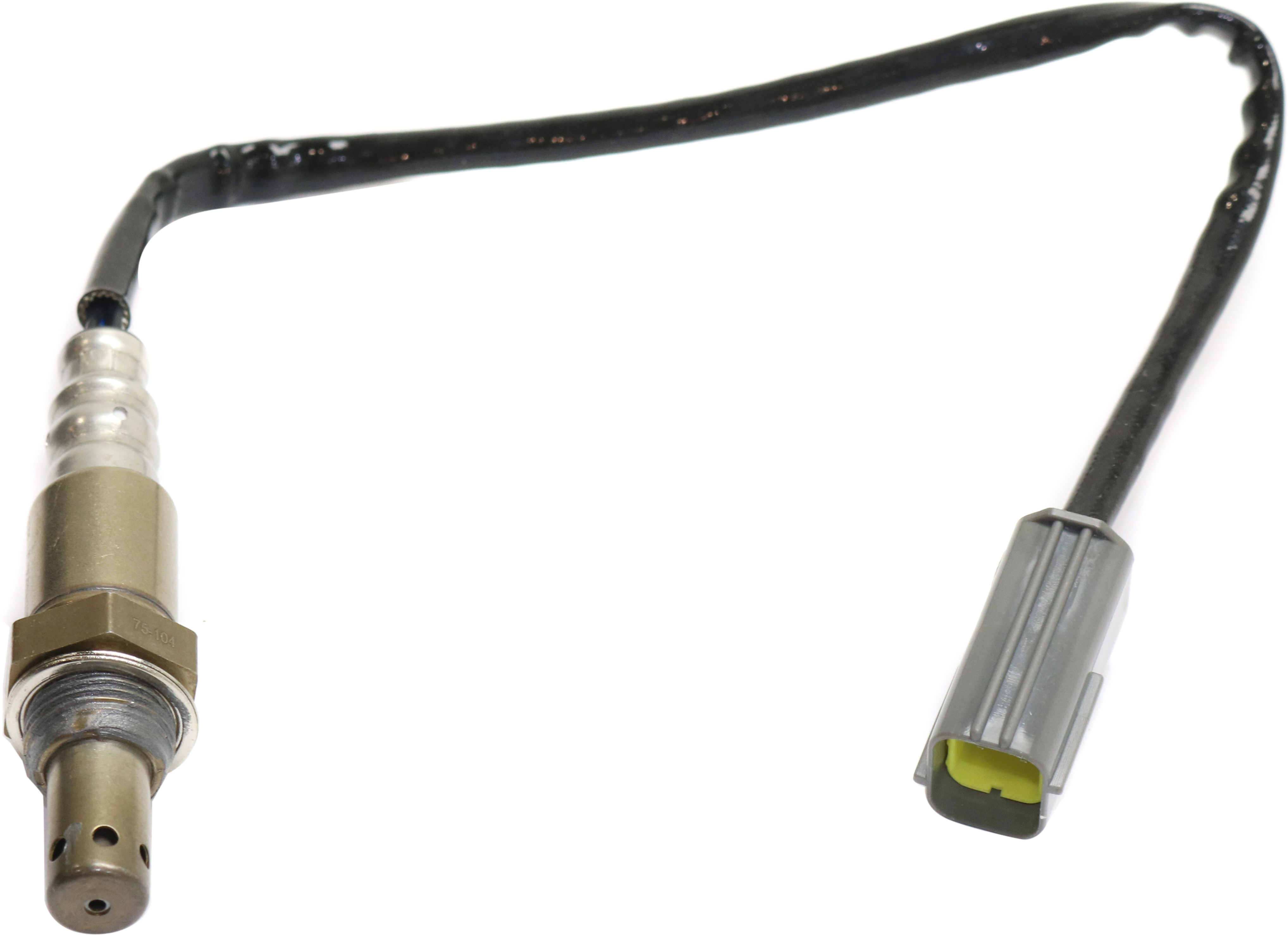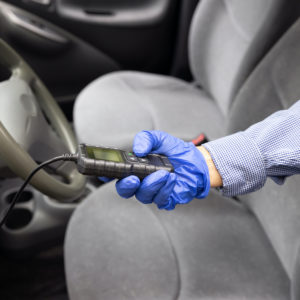While the P0174 OBD-II trouble code is not manufacturer-specific and is considered a generic powertrain code, it can be more common in certain car makes than others. More specifically, a P0174 is most often reported on Chevy and Ford vehicles.
If your vehicle is triggering a P0174 code, read our guide below to learn more about the issue and find out how you can diagnose and/or fix it.
What Does Code P0174 Mean?
Diagnostic trouble code (DTC) P0174 stands for “System Too Lean (Bank 2).” The code indicates that your car’s computer has detected a lean running condition.
The error codes for lean conditions are P0171 and P0174. The former is triggered when a lean condition occurs in cylinder bank 1, while P0174 appears when it occurs in cylinder bank 2.
Even though the Engine/Powertrain Control Module (ECM/PCM) is built to be able to bring a lean condition back to normal, it can only do so up to a certain extent, thus the P0174 code is stored by the ECM/PCM to alert the user to resolve this issue.

More About P0174 and Lean / Rich Codes
The ECM/PCM and the O2 sensor are all about keeping things balanced in the combustion chamber. If the mixture drifts too far out of balance, a rich or lean code is stored and ECM/PCM’s fuel trim strategy alters injector pulse width, moving the mix in the opposite direction of the condition to bring the air/fuel mix back into balance.
The ECM/PCM and the O2 sensor are all about keeping things balanced in the combustion chamber. If the mixture drifts too far out of balance, a rich or lean code is stored and ECM/PCM’s fuel trim strategy alters injector pulse width, moving the mix in the opposite direction of the condition to bring the air/fuel mix back into balance.
–Richard McCuistian, ASE Certified Master Automobile Technician
It should be noted that the oxygen sensor couldn’t care less about unburned fuel in the exhaust stream – the sensor is designed to sense oxygen, not fuel. So, whenever any cylinder misfires due to spark or compression, there will be unburned fuel in the exhaust stream and the oxygen that didn’t unite with that fuel both passing the O2 sensor – but all the sensor will see is the oxygen. In that case, a P0174 code might not indicate a lean condition, particularly if it is accompanied by misfire codes.
If the air/fuel ratio isn’t balanced and there is too much air, oxygen molecules will be left over after the combustion process and will make their way into the exhaust – in other words, too much air and not enough fuel is considered lean, but again, remember that the O2 sensor can’t even smell fuel and doesn’t know it’s there in the case of a misfire where oxygen and fuel are continually exiting a combustion chamber where no combustion is happening.
Learn more about air-fuel mixture and how it could cause an OBD code like P0174 to be stored here.

What Causes the P0174 Code?
The most common causes of the P0174 code are the following:
- Vacuum leak due to damaged intake manifold gaskets or punctured vacuum and positive crankcase ventilation (PCV) hoses
- Malfunctioning mass airflow (MAF) sensor
- Clogged fuel filter
- Failing fuel pump
- Clogged fuel injectors
- Failing fuel pressure regulator (although this usually causes rich codes rather than lean)
- PCM issues (e.g., software in need of an update, though this is rare)
- Worn-out oxygen sensor

What are the Common Symptoms of the P0174 Code?
You may find your vehicle displaying the following symptoms for error code P0174:
- Illuminated Check Engine Light (most common)
- Loss of power (may be accompanied by other codes)
- Misfiring (will be accompanied by other codes)
- Rough idling (may be accompanied by other codes)
- Engine stalling (not common)
Vehicles that run lean emit nitrogen oxide (NOx), which can be hazardous to one’s health and can cause respiratory ailments such as asthma. Running lean conditions can also cause a misfire, which can damage the catalytic converter with raw fuel and ruin the internal components of your vehicle in the long run.
If you find your ride exhibiting any of the symptoms above, have it diagnosed immediately by a professional.
How to Diagnose the P0174 Code
There are numerous potential causes for OBD-II code P0174. As such, diagnosis can be difficult.
For an idea of how to troubleshoot the code, check out the video below:
How to Fix the P0174 Code
There are multiple reasons why code P0174 might be stored. Therefore, there isn’t a “magic bullet” fix for the issue. You’ll need to diagnose the code accurately, as outlined above, then perform any necessary repairs.
The code could be triggered by anything from worn-out spark plugs to an internal engine concern, so you must do your homework.
Also, keep in mind that all vehicles are different. When troubleshooting and repairing diagnostic trouble codes, you should consult the factory repair information for your application.
Repair manuals, such as those from Chilton, are useful, but an ALLDATA subscription is even better. ALLDATA has single-vehicle subscriptions for DIYers that provide detailed factory repair information.
Other Notes About P0174
Don’t ignore a P0174 code—address it as soon as possible. A poorly running engine due to a lean fuel mixture can fail if left untreated. A small, inexpensive problem could worsen and make your vehicle undrivable.
Instead of shrugging it off, remember that an OBD-II code P0174 is a serious issue that needs your attention. The consequences of ignoring this trouble code include reduced fuel economy, weak performance, poor ride quality—and even engine damage.
Where To Get Parts To Resolve DTC P0174
If DTC P0174 is left unresolved, you might notice that your vehicle will continue to experience rough idling, engine power loss, and misfires. These symptoms definitely make for quite the uncomfortable ride. To avoid this, it’s best to repair or replace whatever affected parts are setting the P0174 code. Whether you’re looking for a new mass airflow sensor or new fuel injectors, you can find what you need at CarParts.com.
You’ll see a wide selection of quality aftermarket parts from different brands in the CarParts.com catalog. We even have a built-in vehicle selector to guarantee that your parts will fit your vehicle. You won’t need to wait long for your parts to arrive either. We’ll deliver your order to your door in as fast as two business days if you live within the continental US.
Place your order for a new mass airflow sensor or other parts on the easy-to-navigate CarParts.com website today.
Products Mentioned in this Guide
Shop this Project







Any information provided on this Website is for informational purposes only and is not intended to replace consultation with a professional mechanic. The accuracy and timeliness of the information may change from the time of publication.



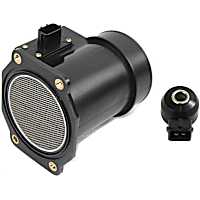 Mass Air Flow Sensor
Mass Air Flow Sensor
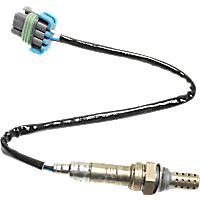 Oxygen Sensor
Oxygen Sensor
 Fuel Filter
Fuel Filter
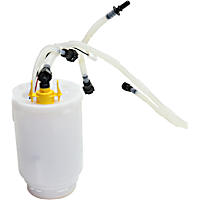 Fuel Pump
Fuel Pump
 Fuel Injector
Fuel Injector
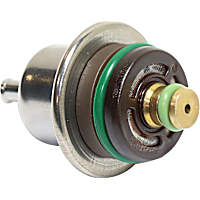 Fuel Pressure Regulator
Fuel Pressure Regulator

